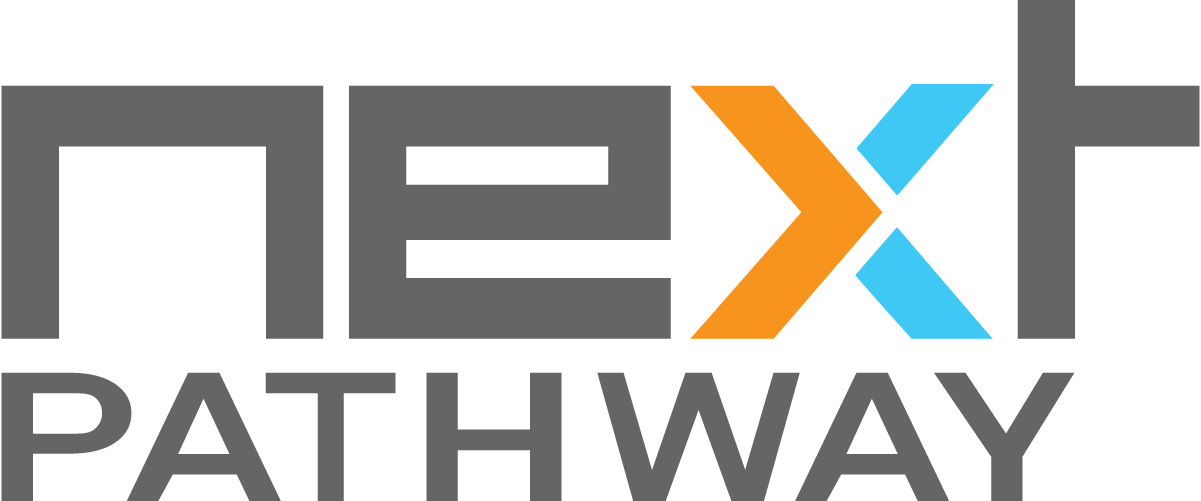Enterprise Data Integration: Best Tactics for 2019

Always Start with a Plan
While this first tactic might seem obvious, a common mistake many businesses make when trying to integrate data between enterprises is essentially a lack of planning. Whether you are integrating big data, real-time data, or an entire data warehouse, as well as considering the data quality itself, you need to plan. Too often, the task of collecting, integrating, and organizing the data between two vastly different data sources is left to a be a last-minute concern after the merging or acquisition has already started to go underway and business intelligence is seemingly left out of the equation.
Don’t make this mistake. When it becomes clear integration is in your enterprise’s future, come up with a plan immediately. Data integration is a monumental task that will require the full efforts of at least several trained professionals. While these may be people from your own company, many enterprises are outsourcing this difficult, complex task to specialists who strive to make your data integration as smooth and error-free as possible.
Use an Enterprise Integration Platform as a Service
This leads us to our first major tactic for data integration: Enterprise Integration Platform as a Service (IPaaS). This data integration platform provides a great way to undergo two or more dataset combinations for a number of factors.
- First, many programs and technological shortcuts have been developed over decades and these can vary widely between companies, businesses, and enterprises. Because data differences can be so vast, collecting and integrating differing sets is a large problem.
- Connecting applications, programs, and data is a difficult task. Thus, automated programs providing enterprise data integration as a service can handle this more easily than anyone in traditional IT departments.
- IPaaS handling of your integration comes with some more benefits when you factor in the human error factor. For instance, data formats are often implemented incorrectly or heterogeneously in many company databases. Automated programs are constructed to detect these kinds of anomalies and redistribute them appropriately at far greater speeds and with more accuracy than any human can manage.
- There are many kinds of IPaaS to choose from. There are subscription-based types, for example, your personal IT team utilizes where you only rent the automated program. This means your IT team needs to train to use the software appropriately and effectively. Then there are IPaaS for totally computer-illiterate businesspeople who aren't capable of managing the complex process data integration requires.
- Finally, you can also find an IPaaS fully-managed by the vendor. In this case, the vendor handles all of the overheads and management parts of the job and you can focus on other aspects of your merger or acquisition.
Because of all of these advantages, using an IPaaS is a great tactic for handling your enterprise data integration. The hands-off approach outsources the difficult work of data integration might benefit you if your hands are full with other aspects of your merger or acquisition. There are a number of competent IPaaS providers on the market and the competition is only growing.
This is good for you since you'll be able to examine your options and pick the best vendor out of the bunch. In the future, it is likely data integration by IPaaS will continue to grow until it essentially dominates the data integration niche.
For One-on-One Integrations, Consider B2B Integration
Business-to-business (B2B) integrations are generally considered to be a good tactic for smaller-scale enterprise integrations. Since it's more personal than the work undertaken by an IPaaS, it's a great choice between two enterprises only.
B2B integration requires a lot more hands-on work than other tactics. So, for larger companies, this may prove to be a bit of a hurdle not worth the effort. However, if you're a smaller company and the amount of data you need to integrate is manageable, there are a few ways you can go about performing your integration.
- Use your own IT team to handle integration. Depending on your fellow enterprise, you might find they also have an IT team to take care of their data work. This may require both of you to negotiate or merge the teams together, although this comes with its own headaches.
- If you do merge IT teams, it’s imperative they teach one another about the data implementation formats you both utilize and what kinds of software you make use of. Since companies vary greatly in the programs they use, it’s to be expected there will be a learning curve before actual large-scale data integration can begin.
- You can also use an outside company or contractor to handle integration in a B2B scenario. This will allow people with fresh eyes to approach the complicated problem and find the best solution, perhaps picking from between two enterprises without any sort of pride or loyalty to one company or another.
- The advantage of a B2B scenario is you don’t have to pay for an outside service unless you specifically go after a contractor to handle the situation in the event your IT teams can’t accomplish integration. Of course, the larger the enterprise, the harder a B2B integration can become and, at a certain point, the money you save by trying to integrate with B2B might be better spent with a more effective option.
- With the advent of the cloud, you can now perform B2B integration using cloud servers and have enterprise IT teams working collaboratively over long distances. This is an advantage previously unavailable to B2B integration efforts and is responsible for keeping B2B integration as a viable option in the digital era.
Overall, B2B integrations have their place but have largely fallen by the wayside in recent years. It’s become clear there are more effective solutions for most enterprises than collaborating with a fellow enterprise. This is especially true because most enterprises are collecting more data on themselves and/or their customers than ever before, further increasing the amount of data to be integrated. This is true even for modern, small companies.
Connect Everything through Enterprise Application Integration
This approach is highly dependent on your enterprise’s unique situation. Many companies use hundreds or even thousands of programs and business applications not likely to be able to communicate with the programs of a fellow enterprise. However, if you find your programs are compatible, you might be able to save both enterprises’ time and money by attempting an Enterprise Application Integration (EAI).
Because this relies on programs and applications being compatible, EAI integration isn’t a very common sight between enterprises, even if both are in the same market or niche. However, if you are fortunate enough to have this option, you can benefit in several ways.
For instance, EAI integration will allow you to share data in real time across enterprises. This will drastically lower the amount of time full integration requires and much of this work can be automated. This is obviously most applicable when two enterprises do use the same data software, in which case data integration can be made very easy by utilizing EAI strategies.
You’ll find those merging enterprises can use EAI for data integration operate smoothly and more quickly than with many other methods. This is a situational tactic in the modern age, especially as there are so many different data applications on the market being installed in every enterprise across the world. However, it remains a viable alternative to more painstaking data integration processes if your enterprises’ applications happen to be compatible with your merger.
Utilize APIs
APIs are growing every day and becoming more and more sophisticated. Application Programming Interfaces (APIs) are functions or procedures that build bridges between applications between enterprises. In essence, if your enterprise has applications too different from your merger partner’s and you can’t use EAI strategies, consider using an API.
APIs tend to be very simple and broad to allow functionality between as many software types as possible. This both makes them flexible and relatively easy to use with any IT department, so you won’t have to worry about using something your IT guys can’t understand. There are some more complex APIs you should avoid since the whole point of an API is to streamline the data-sharing process between enterprise applications.
Think of the API strategy as using a translator who can speak smatterings of both languages. Using APIs in conjunction with another tactic is a great way to promote a quick data integration period when you need progress to speed up quickly.
As APIs further develop, we’ll likely see them become more sophisticated and predicting. It may be possible, in the future, APIs are grown to the point where they take over the realm of IPaaS and become the premier method of ensuring a smooth data transition as enterprises are joined or absorbed.
A Hybrid Cloud Approach
Finally, you can make use of something called a Hybrid Integration Platform (HIP). This is a great tactic for enterprises that have been around for a long time or have otherwise built up a considerable infrastructure for their data isn’t poor enough to warrant totally dismissing.
HIPs basically allow you to "build over" your current data infrastructure with systems more compatible with modern data-sharing methods. For instance, you might make an API or another program to translate data from your older servers and data silos and translate or collect it in such a way it’s easily-retrievable by more modern systems.
This method has a few great benefits worth considering if your enterprise momentum is too great to justify a complete overhaul. The main perk is you’ll end up saving money, at least in the short term, since you won’t have to waste time or manpower performing the complete overhaul of your data storage system. You also won’t have to train your data input employees or computers to learn a new system.
However, this tactic will eventually have significant drawbacks. It’s well-known technology and progress are both marching on and eventually everyone has to upgrade. This is as true for cell phones as it is for data servers. While your enterprise might get away with abstaining from moving to more progressive, cloud-based data storage solutions, eventually you’ll have to bite the bullet and make the switch.
Therefore, it’s probably best to think of HIPs as temporary solutions you can make good use of while you wait for a more opportune time to upgrade or if you believe there’s an even better method of data integration coming around the corner and you don’t want to be behind the cutting edge right after you overhauled your data sphere.
Conclusion
There is no one “best” solution for your enterprise’s data integration. The reality is the ideal tactic depends on the specifics of your organization. However, no matter what your specific circumstance you should be able to find something useful in this guide. You might even make use of a few tactics at once, depending on your needs.
